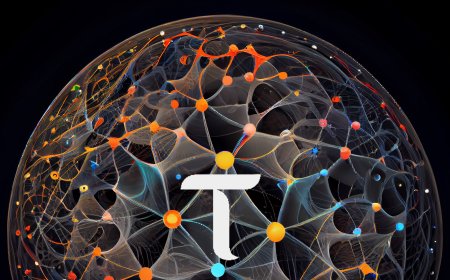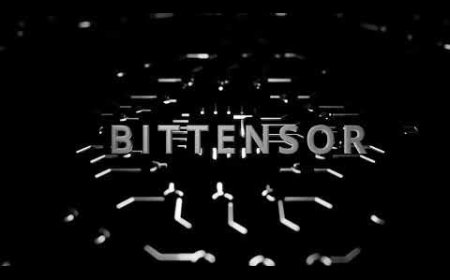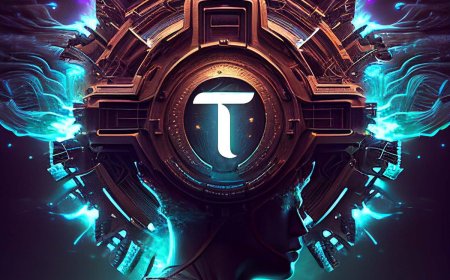Exploring the Benser Ecosystem: Subnet Innovations and AI Research Advancements
The Benser ecosystem has emerged as a revolutionary platform in the field of artificial intelligence (AI), providing a dynamic and competitive environment for AI researchers and developers. It offers a unique blend of incentives, mechanisms, and opportunities for collaboration, enabling high-caliber talent to innovate and refine machine learning (ML) models. In this article, we delve into the story of Ethan, a top-tier machine learning researcher and CEO, and how he leveraged Benser’s platform to dominate the competition while developing new AI models. We will also explore the details of the subnet innovations and the future vision of AI research within Benser.
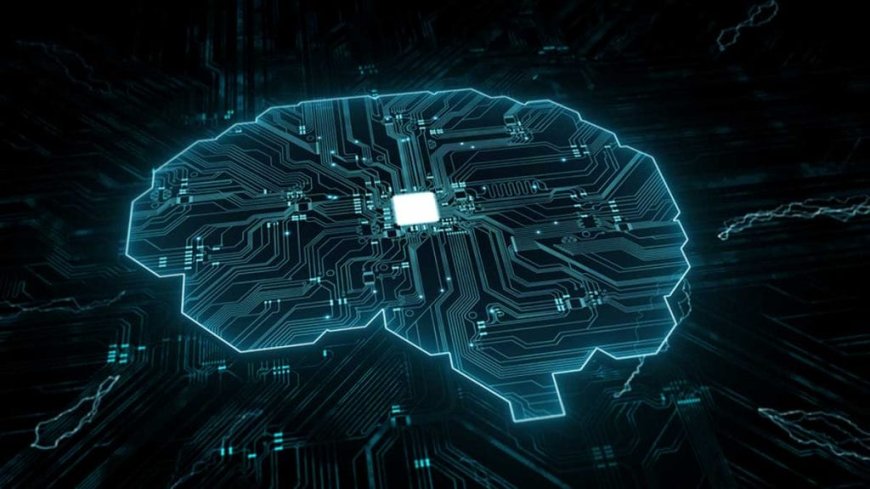
The Origin of Ethan's Journey in Benser
Ethan’s story in Benser began unexpectedly. During an AI event in Singapore, he met Jacob, the host of the Benser platform. Initially, Jacob had no idea about Ethan's impressive background in AI research, machine learning, and text-to-speech models. However, it quickly became clear that Ethan was a significant player in the AI community. He had discovered a way to dominate Benser’s subnets, particularly subnets 6 and 9, which were notoriously challenging.
Ethan’s strategy involved training a machine learning model in a novel manner that prevented others from fine-tuning it. By multiplying two consecutive layers of a neural network with a large multiplier on one side and a divider on the other, he created a scenario where the gradients would explode for anyone else attempting to fine-tune the model. This method disrupted competitors’ training processes without damaging their machines.
This innovative approach showcased Ethan’s ability to think outside the box, a trait highly valued in the Benser ecosystem. Jacob, recognizing the potential in Ethan’s talent, was eager to collaborate, believing that such brilliant minds could help build robust, unbreakable systems. This collaboration marked the beginning of Ethan’s deeper involvement in the Benser platform.
Understanding Benser’s Subnet Mechanism
The Benser ecosystem is built around 32 parallel subnets, each designed to address different challenges using distinct metrics to evaluate miners' work. Subnets operate similarly to incentivized Kaggle competitions, where AI researchers compete to develop models that perform best according to specific evaluation criteria. However, Benser offers a more advanced and flexible environment compared to Kaggle, with larger incentives and a more extensive community.
Ethan and his team, with over a decade of experience in AI research, saw an opportunity to excel within this system. They initially targeted subnets 6 and 9 due to their expertise and quickly climbed the leaderboards. Each subnet requires miners to create models tailored to specific tasks, such as text-to-speech or other domains. The evaluation metrics are customized, making it a challenging yet rewarding endeavor for participants.
Dominating Subnets 6 and 9
Ethan’s team used their deep understanding of AI model architecture to gain an edge. Subnet 6, for example, lacked restrictions on model architecture, allowing Ethan to employ a bidirectional model like BERT. By using this approach, they achieved zero loss, as the model could predict the next token with full sentence context. This exploit forced the subnet owner to patch the system, making it more competitive and challenging for future participants.
For subnet 9, Ethan’s team developed a method to prevent other researchers from fine-tuning their models. They manipulated specific layers of the neural network to make the model’s gradients explode during the training process. This tactic effectively secured the top position for their model, demonstrating their ability to adapt and innovate in a competitive environment.
The success of Ethan’s team showcased the power of incentivization within the Benser ecosystem. Despite limited resources (using just 16 H100 GPUs), they achieved significant results, proving that high-quality engineering and innovative approaches could overcome resource limitations.
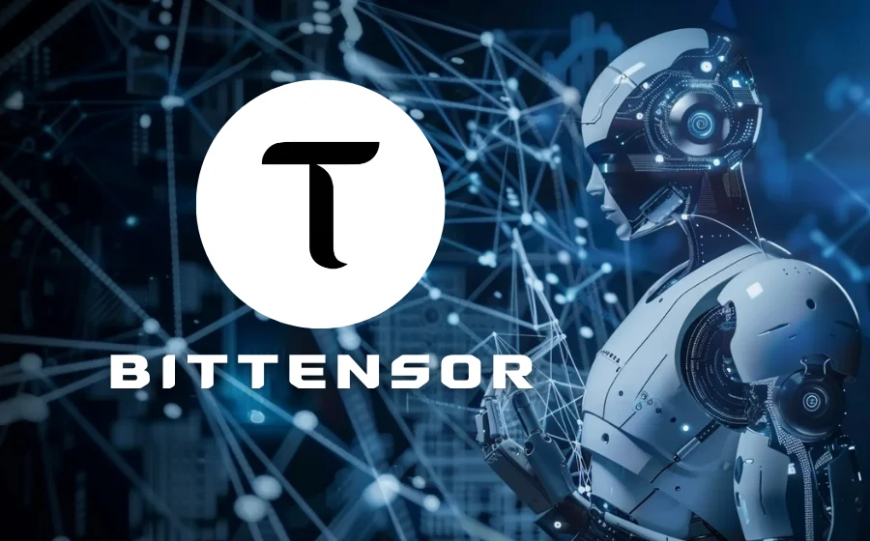
Building Subnet 3: A Focus on Audio Models
After dominating subnets 6 and 9, Ethan’s team decided to create their own subnet within the Benser ecosystem. Subnet 3 was developed with a focus on audio models, particularly text-to-speech and voice generation technologies. Their expertise in these domains allowed them to design a subnet tailored to evaluating speaker similarity and text-to-speech clarity.
Subnet 3 quickly gained traction, becoming highly competitive within weeks of its launch. The team provided an open-source algorithm based on MonoTTS, a real-time text-to-speech model designed to run efficiently on CPUs. By open-sourcing the model, they invited other miners to collaborate, train, and fine-tune their versions based on the provided framework.
The evaluation criteria for Subnet 3 were designed to measure speaker similarity, pitch, tempo, and clarity. These metrics were used to assess how closely the generated audio matched the target features, such as imitating a specific individual’s voice. Validators also employed automatic speech recognition (ASR) models to verify the accuracy of the generated text compared to the input.
Challenges and Innovations in the Audio Domain
The development of Subnet 3 highlighted the unique challenges in the audio domain, particularly in generating high-fidelity human voices. Ethan’s team aimed to build a multimodal platform for AI applications but noticed the gap in quality and affordability of voice components in chat scenarios. This realization drove them to focus on creating open-source, high-quality text-to-speech models, making these technologies accessible to a wider audience.
One of the key innovations in Subnet 3 was its ability to evaluate models using both predefined metrics and real-world applications. As the top-performing models emerged, the team continuously refined the evaluation process to ensure the models' relevance and applicability in real-world scenarios. This iterative process was essential for building models capable of multilingual translation, voice cloning, and text-to-speech generation, aligning with the vision of creating an open-source alternative to commercial platforms like Eleven Labs.
The Future Vision: Open-Source AI Development for All
Ethan’s team envisions a future where AI development is accessible to everyone, not just large corporations. By leveraging the Benser ecosystem’s collaborative nature, they aim to foster a vibrant community of AI creators and researchers. Subnet 3’s open and permissionless structure allows developers to upload and share their models, promoting a culture of innovation and collective improvement.
In the long term, Ethan’s team plans to expand the evaluation metrics and datasets through partnerships and collaborations within the Benser community. They believe that by engaging with other subnets and leveraging the expertise of the broader ecosystem, they can create continually improving models with real-world applications.
Their goal is to lower the entry barriers for AI experts by simplifying setup processes, making it easier for newcomers to participate and contribute. The vision aligns with successful open-source projects like Stable Diffusion, which have demonstrated the potential for community-driven AI development.
Conclusion
The Benser ecosystem represents a powerful platform for AI innovation, bringing together talented researchers and developers to solve complex challenges. Ethan’s journey showcases the possibilities within this space, from dominating competitive subnets to developing cutting-edge audio models. With a focus on open-source development and collaboration, Benser is poised to become a hub for AI talent, driving the next wave of breakthroughs in machine learning and AI technologies.
By continuously evolving and refining the ecosystem, Benser and its participants like Ethan are shaping the future of AI development, making advanced technologies accessible, efficient, and open for all.
Source : @Opentensor Foundation

